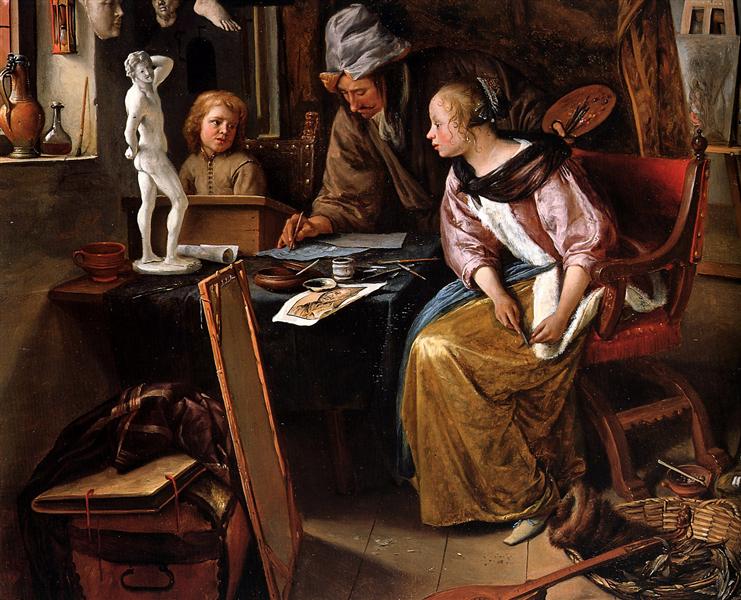
Masterworks’ (A-Z) Auction House terms
We know that the art world can sometimes be confusing and difficult to navigate, especially the language. So we comprised a list of essential terms that you can conveniently refer back to whenever you need to charm your friends.
Absentee Bid – a method of bidding for individuals that cannot attend or wish to participate anonymously. Can also be interchanged with written, commission, or order bids
Appraisal- the formal evaluation of the market value and/or insurance value of given piece
Market value – what the auction house deems the item would bring it
Insurance value– reflects cost to replace an item
Droit de Suite – artists resale right, living artists and artists who died within 70 years prior to the date of the sale are entitled to receive a resale royalty each time their artwork is sold by an art market professional in the EU and UK
“As is” – the property is sold with the existing faults and imperfections
Bid increment– the amount an auctioneer increases the bidding. Generally the auctioneer with request the bids about 10% higher than the previous – mostly up to the auctioneers discretion
Bought in – if there are no bids on a lot, or if they do not reach the reserve the lot is then bought in meaning it is left unsold and remains the property of the owner
Buyer’s premium – amount above the hammer price that is paid as total purchase price – this allocates a fee to the auction house for the sale of the work, think of it like a commission fee
Cataloguing – factual information about a lot offered for the sale. Name of artist or maker, detailed description of the object, the year of its creation, provenance (see below), exhibitions it has been featured in, and publications
Chandelier Bid- a tactic done by auctioneers to drive up the bids to the reserve. Bids from the chandelier or unknown source
Consignor- the previous owner of the artwork
Designation – where the consignor would be identified, is the beginning of the catalog entry. It is up to the discretion of the consignor to what kinds of attribution he or she may have.
Estimate – this threshold of low to high numbers represents an opinion of experts about the range in which the lot might sell at auction. This is based off an examination of an item and recent auction records of comparable prices. This range is to provide prospective buyers with a preliminary guide to value and is generally the basis for establishing the reserve price
Fair market value – the amount a willing buyer would pay under normal circumstances
Fair warning – consider this the yellow light signal of the art auction world.. It means that the hammer is about to come down and the lot is about to be sold
Gavel and hammer are used interchangeably
Guarantee – rare occurrence when the auction house will agree to pay the consignor for a lot regardless of it reaching the reserve price. May be fulfilled by the auction house, a third party, or jointly by a third party and auction
Hammer price – the winning bid for a lot at auction. The price when the hammer comes down and ends the bidding
Lot – an individual object or group offered for sale
Paddle – what in person bidders use to signal a bid, these typically need to be pre registered and will consist of a number
Provenance – authentication, a paper trail of sorts of the ownership back (if possible) to the date an item was created
Reserve price – never formally disclosed, reserve price is the confidential minimum price agreed upon between the cosigner and the auction house. Reserves are usually set at or below the low estimate. If bidding ends before the reserve is reached, the property will not be sold.
Sellers commission – a commission paid by the consignor to the auction house which is deducted from the hammer price